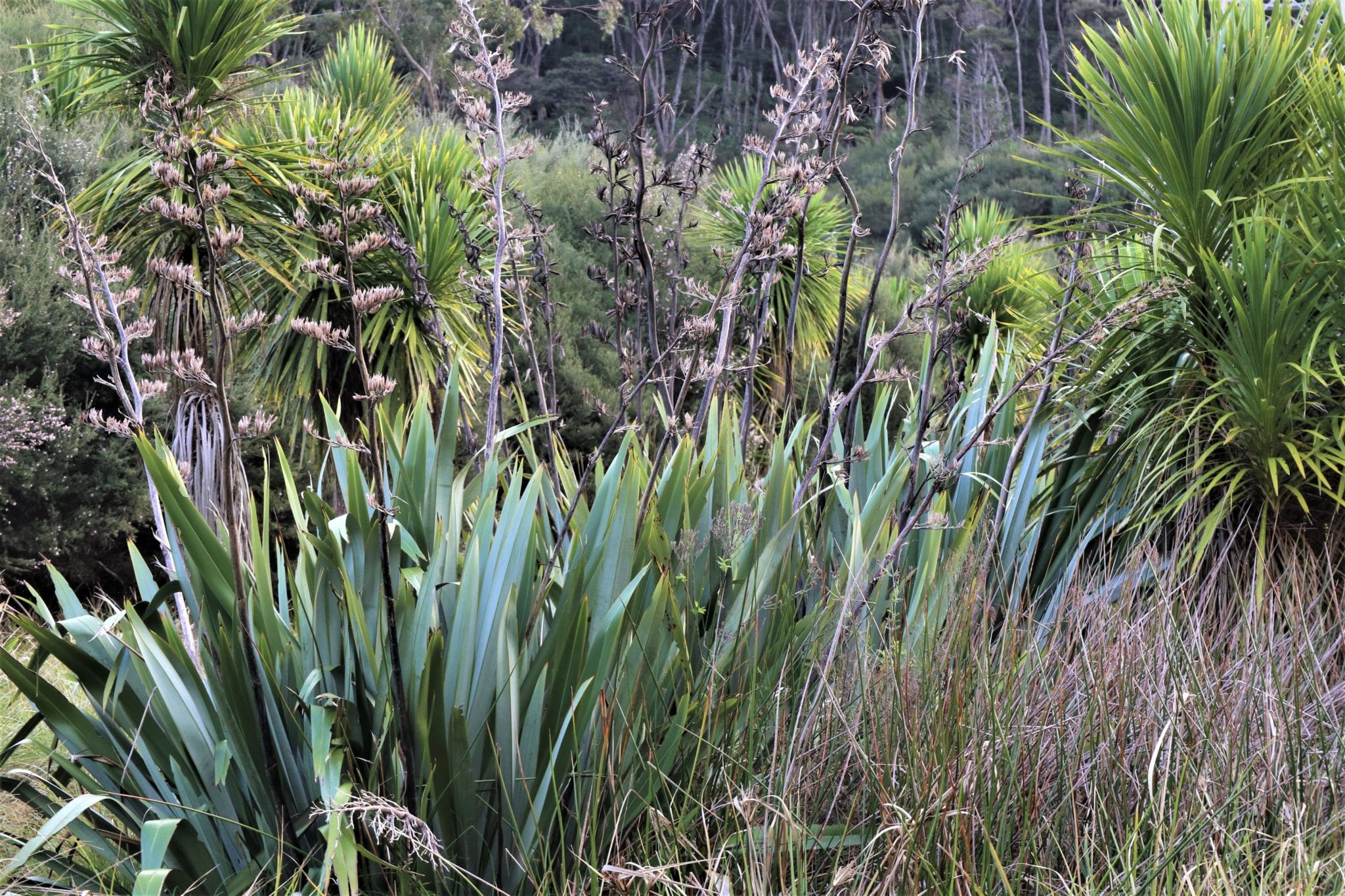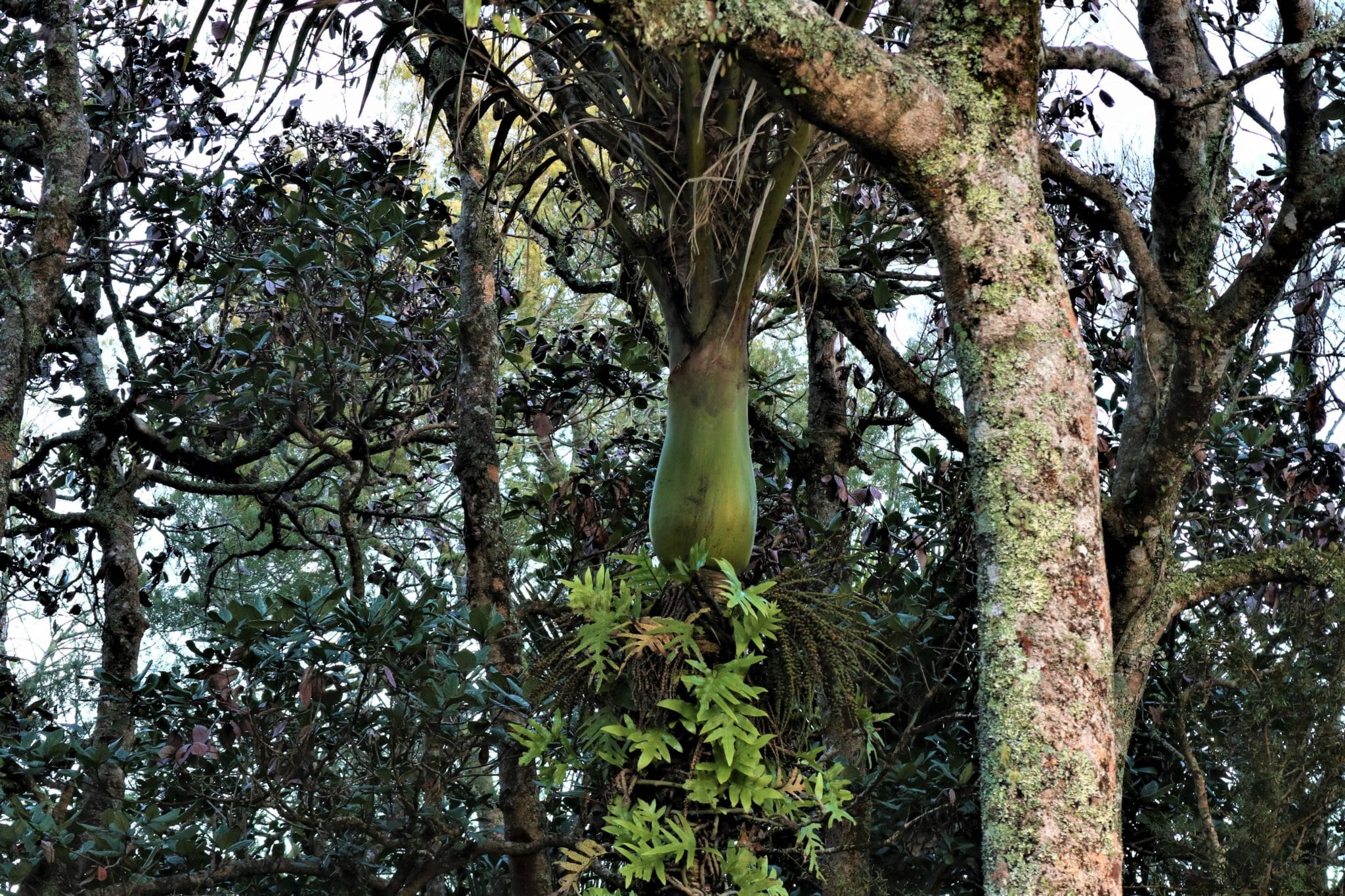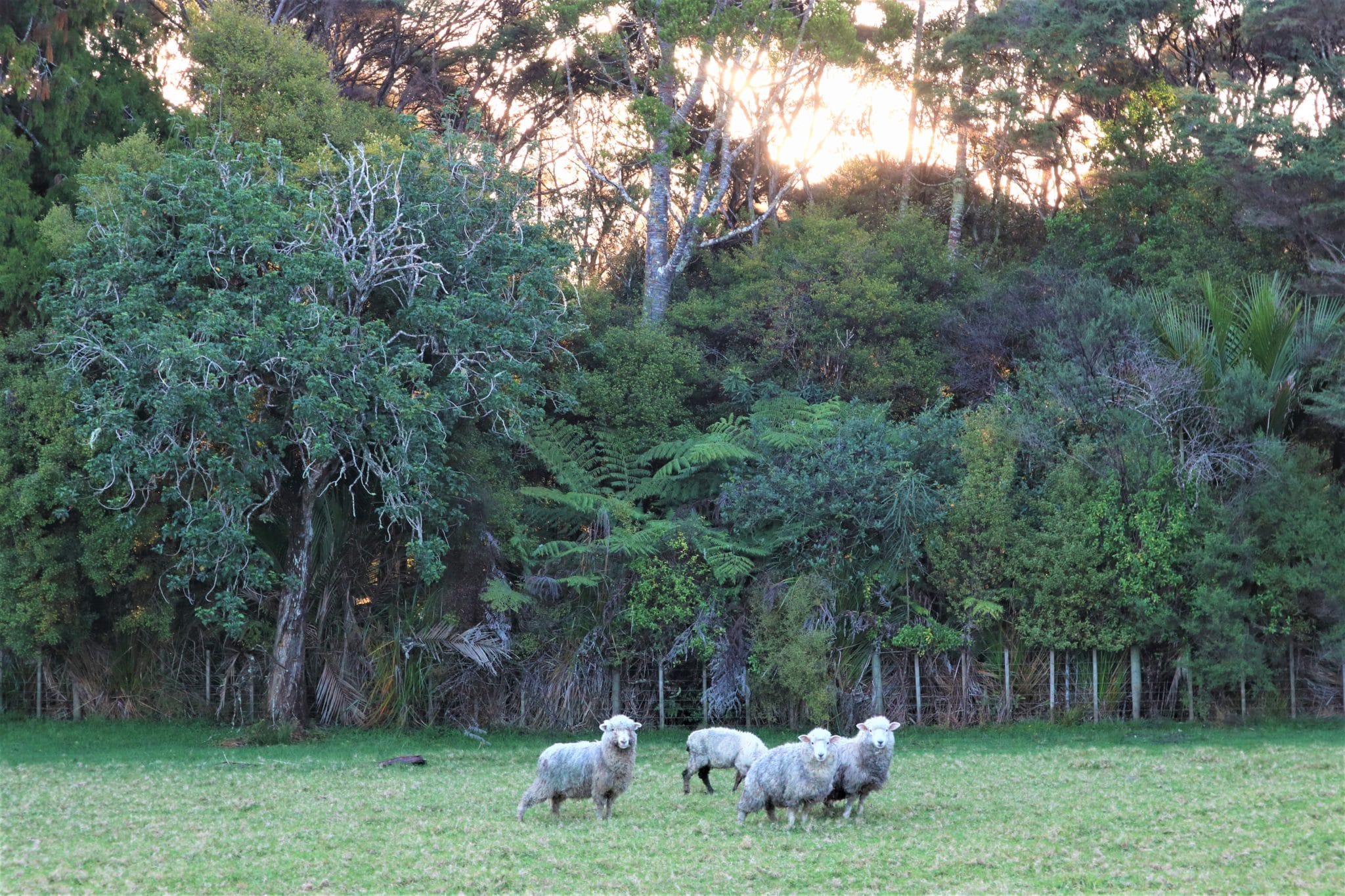Written by Myles Goodwin – Rural Subdivision Expert | Planning & Environmental Director – Cato Bolam Consultants
Environment Court decision preserves ability to create new titles in rural areas through incentivised environmental protection.
The Environment Court decision on the Unitary Plan rural subdivision rules has recently been publicly released. These rules have been in development since the Unitary Plan was first notified back in 2013. If there are no further appeals, then it is the rules that reflect this decision that will guide rural subdivision in the Auckland Region for the next ten years or so. It could still be another two to three months before the rules are finalised.
We welcome you to read our latest update here, Auckland’s Rural Subdivision Rules Now Operative
When first release in 2013 the Unitary Plan proposed that there would be no ability at all to create additional titles in the rural zones. As a result of appeals by Cato Bolam Consultants and other interested parties, and the following through of these appeals through various Council Hearing, Environment Court and High Court processes, there is now a set of rules that looks to provide a middle ground in regard to title yield. Using these rules will ensure sustainable management of the Region’s rural land into the future and an expanding extent of protected natural area.

One of the main changes between earlier versions of the rules and the newly released decision relates to Significant Ecological Area (SEA). In the original version, the Council mapped the extent of the SEA, and the rules required that any subdivision must be based on protecting pre-identified bush or wetland mapped as SEA. This removed a strong incentive to restore degraded natural areas. The recent decision retains the ability to create titles from areas pre-identified as SEA, but also allows for titles from bush or wetland meeting the SEA quality standards that have not been mapped as SEA. This means that there is now an incentive for, for example, degraded wetlands to be restored to a healthy state, as a subdivision right can now be obtained from them whereby this was previously not the case. Existing good quality bush or wetland that was missed from being mapped as SEA can also be used to provide for subdivision rights now, when this was not the case with the previous version of the Plan.
The new rules provide incentives to create transferrable titles, rather than on-site titles. A transferable title is a right to subdivide generated in a rural zone, but with the actual title being created in a Countryside living zone with specific overlays that allow them to generate additional subdivision rights on those properties. The new rules provide this greater incentive by providing a greater number of title rights off the same area of bush or wetland if transferrable titles area created. While transferrable titles are worth less than onsite titles, the ability to create a greater number of them may offset this lower value, and encourage the shifting of these title rights from rural areas.
For example, a 2ha area of significant wetland will provide for three transferrable titles, but only allows for the creation of two on sites titles. For bush, 2ha of bush protection creates a transferrable title right, but for an on-site title, 4ha is needed. Fifteen hectares of bush provides for three transferrable titles, but 20ha is needed for three on-site titles.

Titles can also be created by bush planting, with four transferrable titles being created from 20ha of planting. Up to three on-site titles can also be created from an additional 15ha of planting, or there can be a mix of on-site and transferrable. The planting needs to be located adjacent areas of mapped SEA, or area of SEA quality, and avoid areas of good quality soils if possible.
The on-site titles can be between 1ha and 2ha in area and are located where there is a stable building site and where good access is available. Ideally building sites will have some privacy, a view and some gently sloping land around the dwelling.
Myles Goodwin and the Cato Bolam team provide start to end subdivision services including planning, surveying, engineering, architecture and environmental.
Contact Myles for an obligation free discussion via
Email: [email protected]
Mobile: 0274933022
Phone: 09 427 0072


